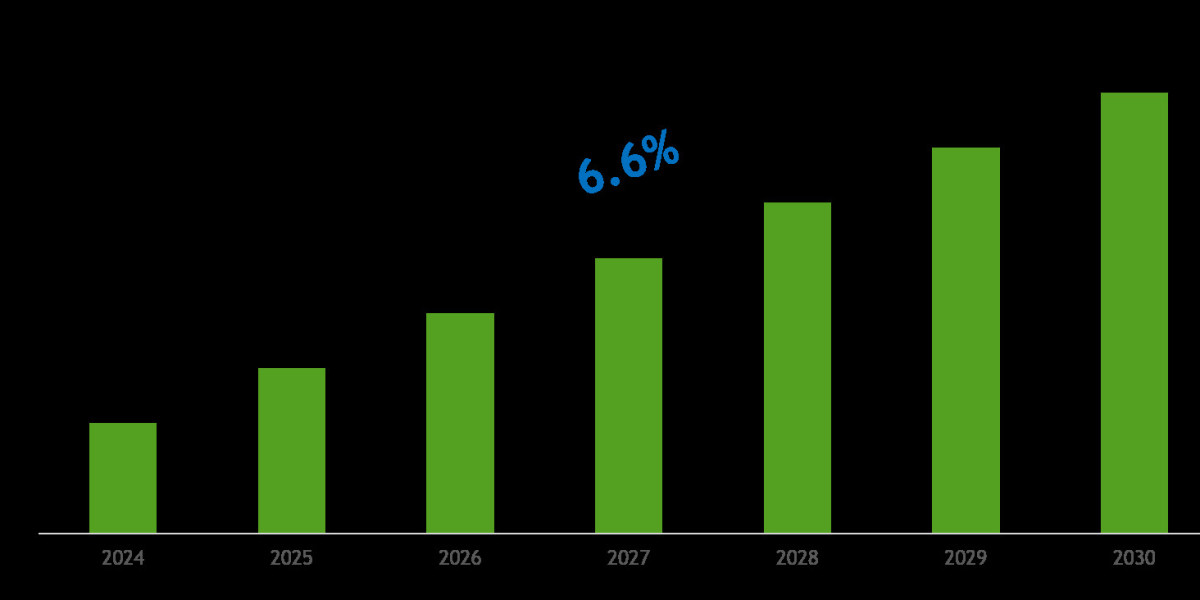Power Transmission Cables Market Trends include XLPE cables, renewable integration, and investments in smart grid infrastructure.
The power transmission cables market is being shaped by several key trends that reflect the broader movement toward a more sustainable, resilient, and intelligent power grid. These trends are driving innovation in materials, design, and manufacturing processes, creating a new generation of power cables.
One of the most significant trends is the increasing demand for XLPE (Cross-linked polyethylene) power cables. XLPE has emerged as the preferred insulation material for high-voltage and extra-high voltage cables due to its superior properties, including excellent electrical insulation, high operating temperature tolerance, and long lifespan. This trend is driven by a focus on improving grid reliability and reducing energy loss, as XLPE cables are more efficient than older cable types.
Another major trend is the shift toward underground power cables in urban environments. While more expensive to install than overhead transmission lines, underground cables are immune to damage from severe weather, trees, and other external factors. This makes them a more reliable and visually unobtrusive solution for dense urban areas where space is a premium and grid resilience is paramount. This trend is particularly strong in developed nations where grid modernization and urban planning are major priorities.
Finally, the market is seeing a growing trend toward the use of High-Voltage Direct Current (HVDC) cables. While most power grids use alternating current (AC), HVDC is far more efficient for transmitting power over extremely long distances, particularly in submarine applications. This trend is being fueled by the need to connect distant offshore wind farms to the mainland grid and to create inter-regional power corridors that can balance supply and demand across vast geographical areas. These trends collectively underscore an industry that is rapidly evolving to meet the challenges of a more electrified and complex world.








